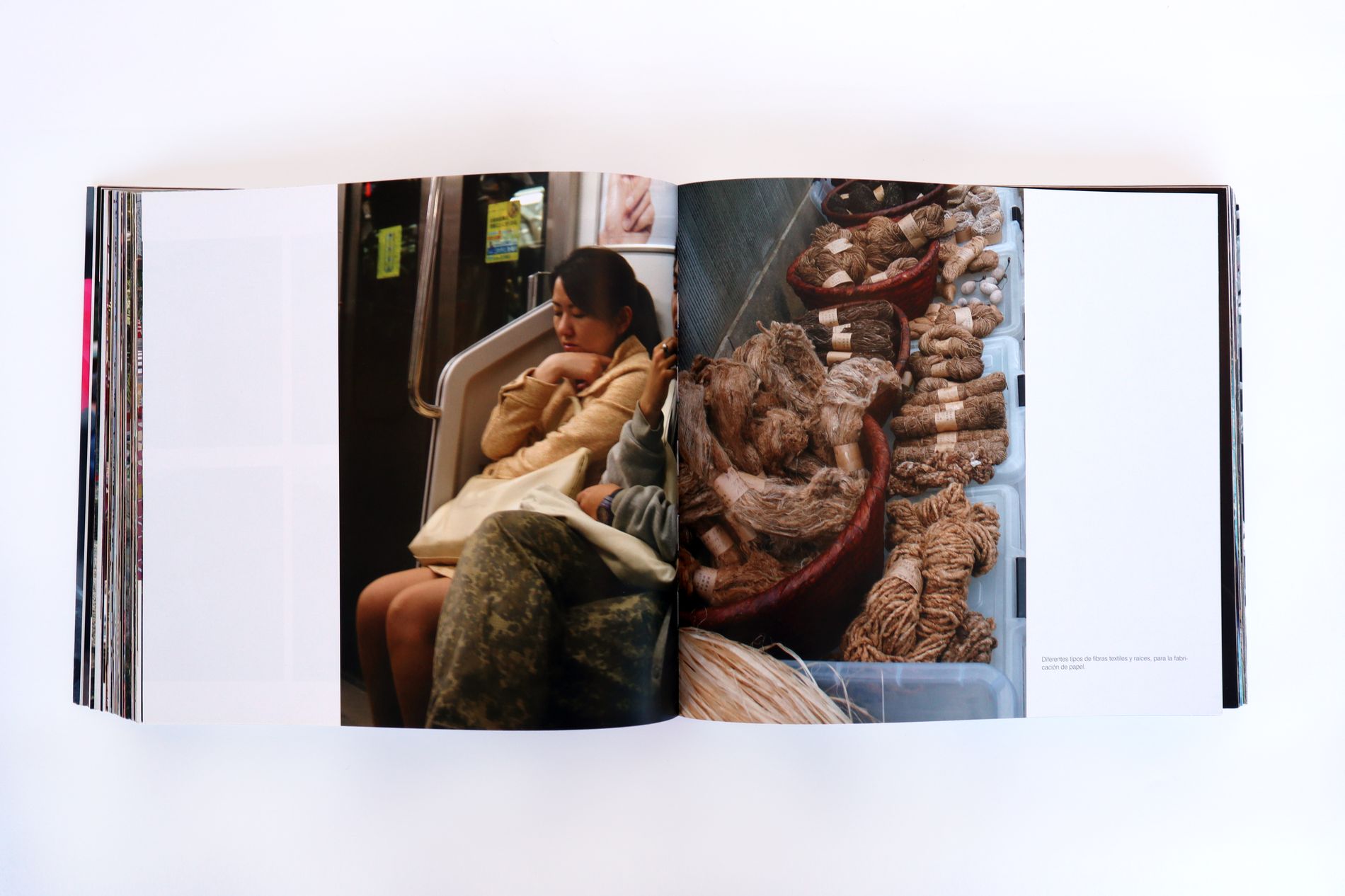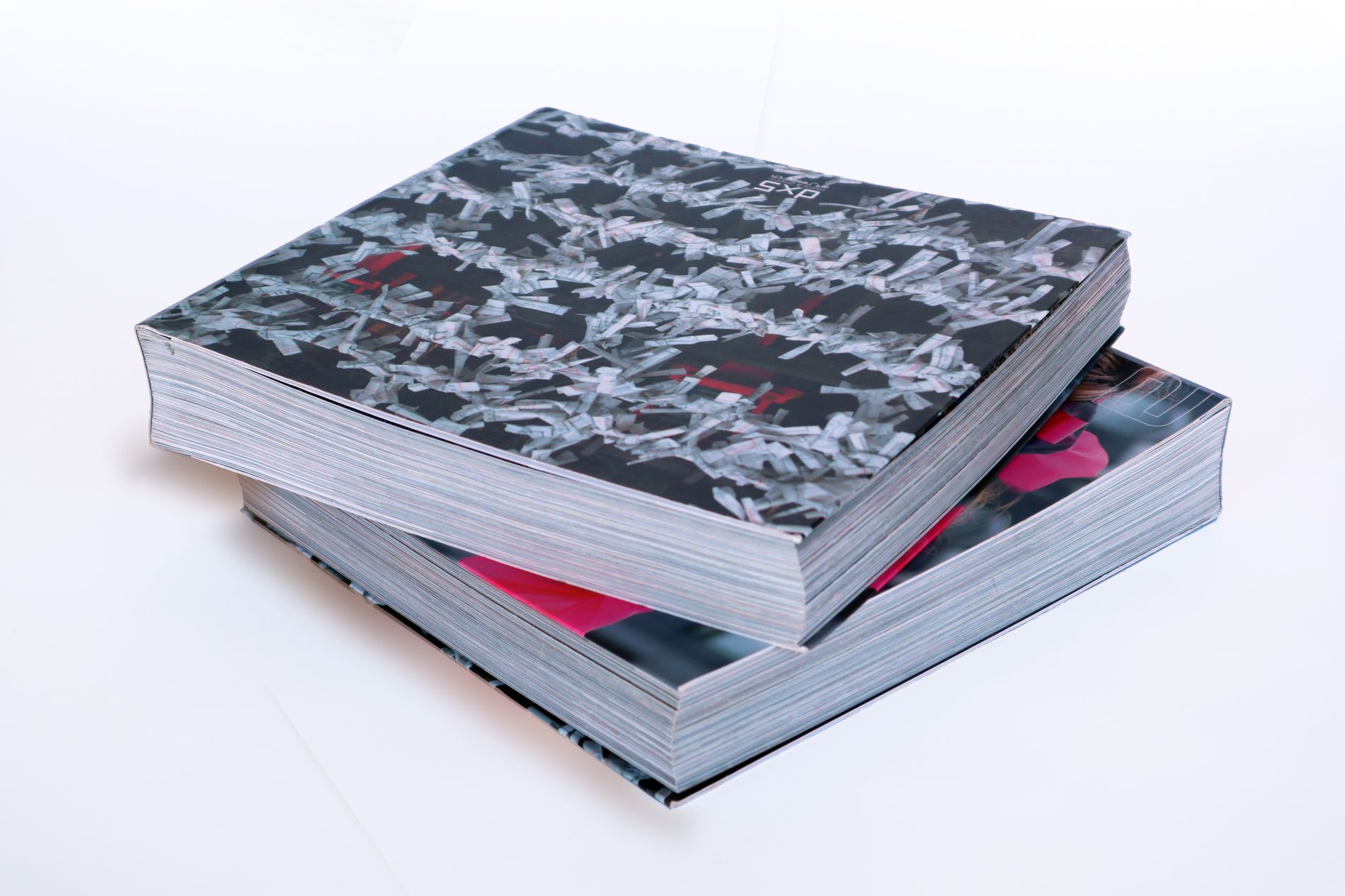_a ding in japan
viaje a la contradicción
_subject
_speciality
[a ding in japan
journey to contradition]
Western fascination with Japan for its landscapes, traditions and people starts in the 19th century with the arrival of the first examples of its hanga xylography and the head on contact with a culture that is different in background and forms but is still fascinating and gripping today. Japan has always seemed quite far, and the distance is perhaps the main aspect, that underlies its mysterious power. Imbued with the magical aura of Neverland in its nooks and corners and in its manias, it also surprises with its disenchantment and day to day rudeness toward its people. Japanese culture is contradictory in the formal and social aspects, in the fusion between tradition and modernity, in the unusual way of living the present and past simultaneously, and also in its ethical and moral aspects.
_the origin
This book is composed mainly of images with little text that in some way intends to portray an overall picture comprised of subtleties by means of its many interconnected parts. Japanese culture is complicated and permanently codified in its gestures, customs and postures. The images of this book, obviously with a legitimate intention, have tried to reveal their most intimate reality which belongs to them only, as well as their mysterious, often disguised way of being and living, behind which lie many hidden things that probably go unnoticed.





Japan masterfully exemplifies this long-standing cultural and social contradiction referred to above, which is that perennial struggle of opposites between contemporaneity and tradition that defines and uniquely distinguishes Japanese reality today. This has been the greatest inspiration for many of the research projects and artistic works of the three authors of this book, to the point that Japan ended up becoming the leit-motif, as well as the pretext, in recent years.
"A Ding in Japan" was born as a result of the different research trips to Japan from 2003 to 2008 by three dx5 members of the University of Vigo. It exemplifies the unique and noteworthy characteristic of the singular mosaic of moments and fragments of reality experienced by each author that portray the daily life of contemporary Japanese society.
